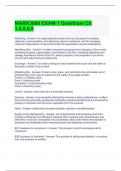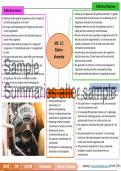Samenvatting
Summary Architecture, theory and criticism: chapter 12: care
In this document, you can find a summary of chapter 12: care that Gideon Boie has given in the lessons "Architecture, theory and criticism". I took notes in class, each with accompanying images. This is a summary of my notes with important references/definitions etc.
[Meer zien]












